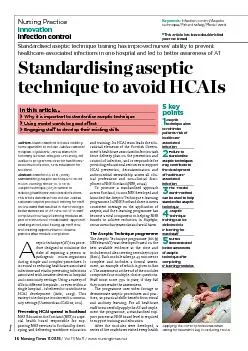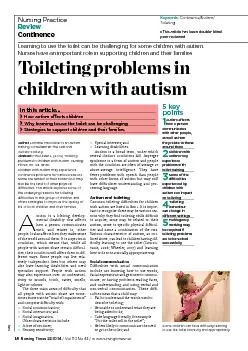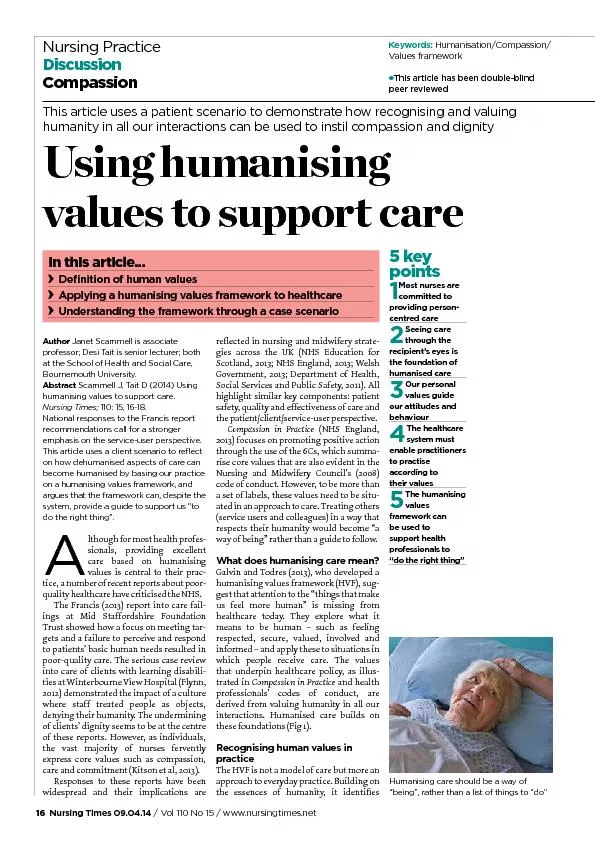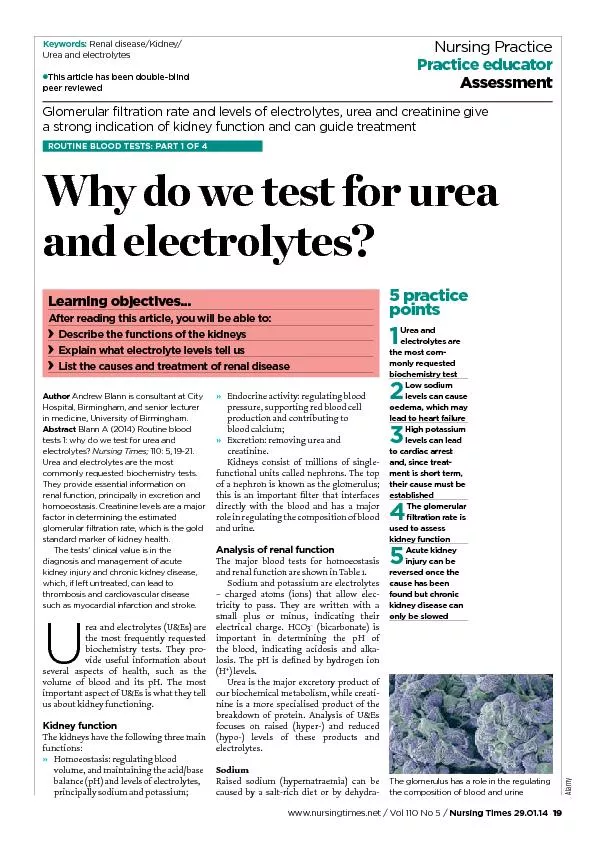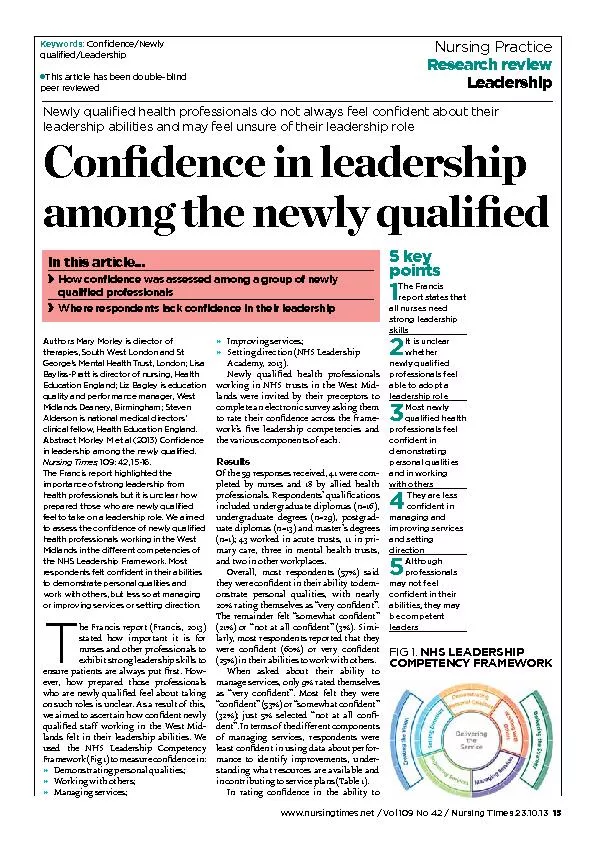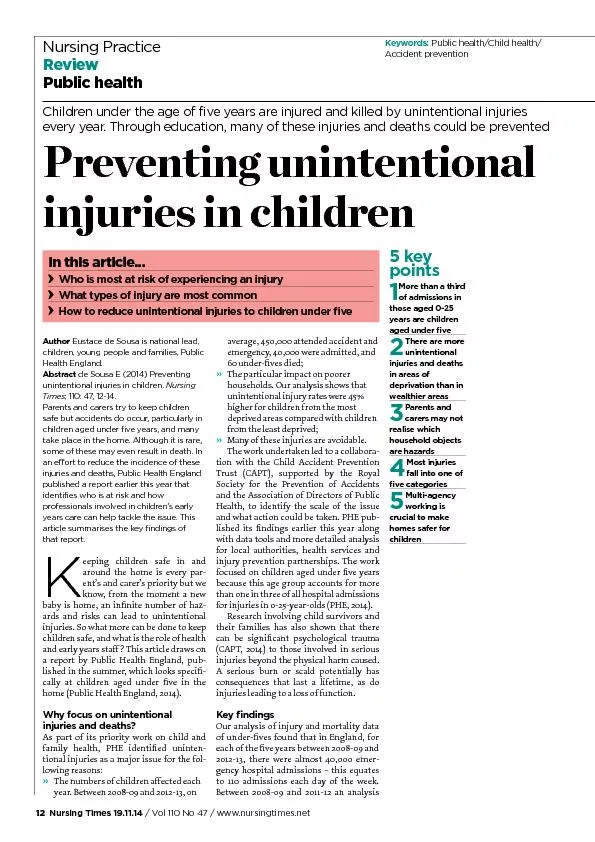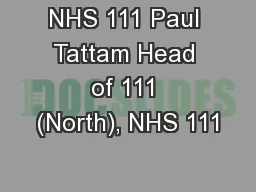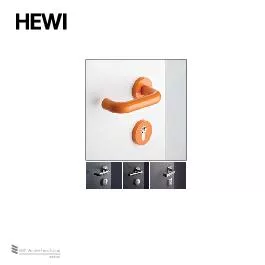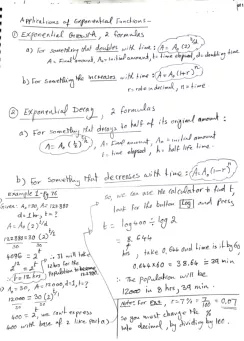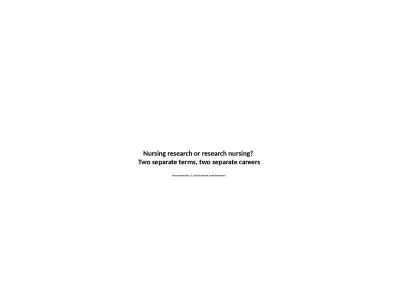PDF-Nursing Times 11.03.15 / Vol 111 No 11 / www.nursingtimes.netAlamyKeyw
Author : jane-oiler | Published Date : 2015-10-31
Authors Alexa Crawford is tissue viability nurse specialist at Golden Jubilee National Hospital Clydebank Janice Bianchi is honorary lecturer Glasgow University
Presentation Embed Code
Download Presentation
Download Presentation The PPT/PDF document "Nursing Times 11.03.15 / Vol 111 No 11 /..." is the property of its rightful owner. Permission is granted to download and print the materials on this website for personal, non-commercial use only, and to display it on your personal computer provided you do not modify the materials and that you retain all copyright notices contained in the materials. By downloading content from our website, you accept the terms of this agreement.
Nursing Times 11.03.15 / Vol 111 No 11 / www.nursingtimes.netAlamyKeyw: Transcript
Download Rules Of Document
"Nursing Times 11.03.15 / Vol 111 No 11 / www.nursingtimes.netAlamyKeyw"The content belongs to its owner. You may download and print it for personal use, without modification, and keep all copyright notices. By downloading, you agree to these terms.
Related Documents

